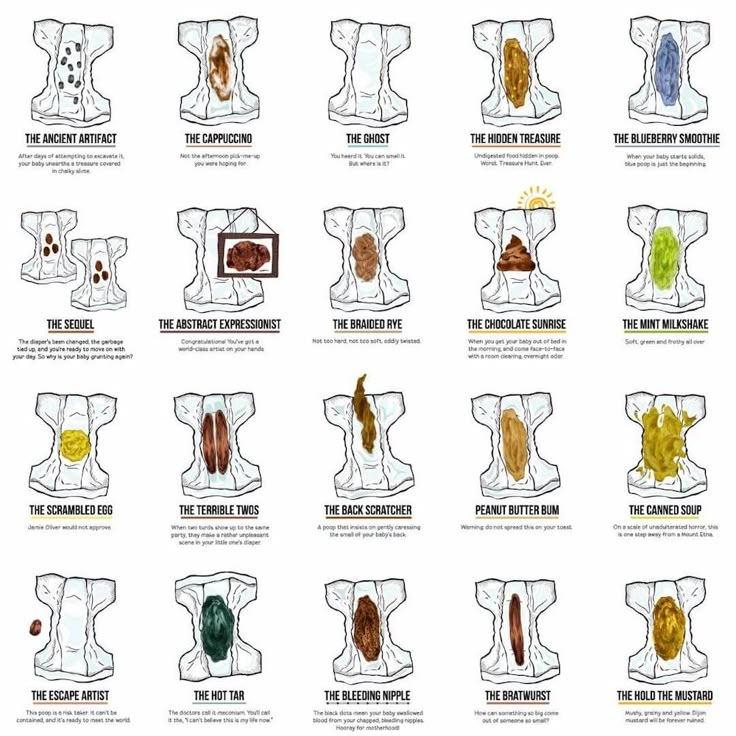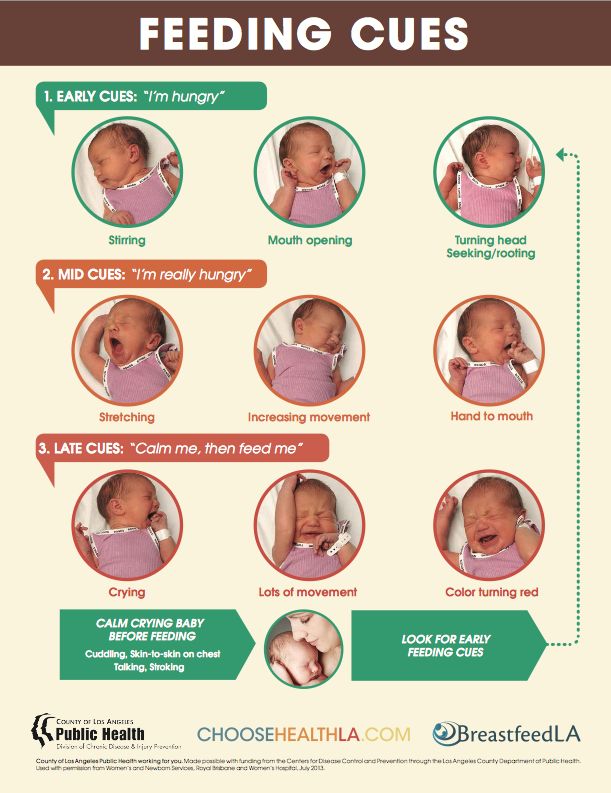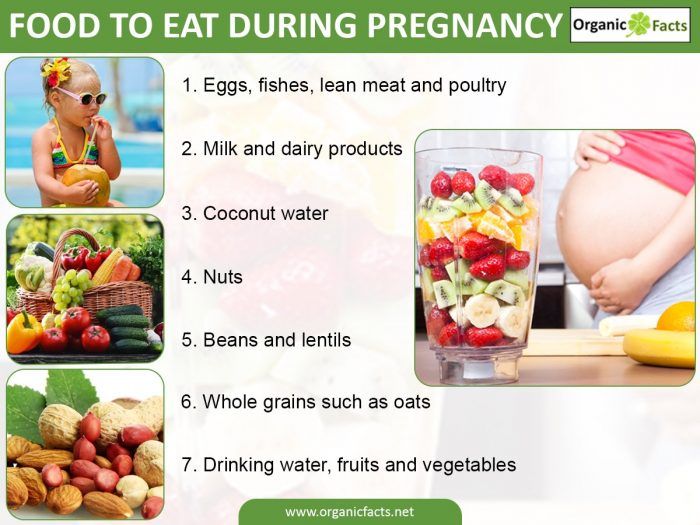Can you feed a baby in the car seat
Newborn Car Seat Safety | Infant in Car Seat
As the due date for your little bundle of joy gets closer and closer, you’re likely starting to realize that there is way too much to do, and you’re running out of time to prepare. It can be difficult to prioritize all the different massive changes to your home and life! It’s an exciting, but stressful, time.
One thing that should be at the top of your list is getting a car seat. This absolutely must be taken care of before you go into labor. It is never safe to have a baby, a toddler, or any child under four feet nine inches tall in the car without some sort of car seat. Newborns in particular require rear facing car seats. This kind of vital safety requirement is not something you want to leave until the last minute.
When to Install a Car Seat During Pregnancy
Purchasing car seats doesn’t have to be the very first thing you do, but you might want to start saving up for one as soon as you know you’re pregnant (or make it a baby shower request!). The most important thing to keep in mind is that your car seat should be installed and ready before you’re far along enough that labor is imminent.
Every state in the U.S requires that babies be secured in car seats. In order to be in compliance with state laws, hospitals will often require car safety seats as part of their discharge policies. Hospital staff may be required to actively observe the baby in a safety seat that meets regulatory standards before discharge can be completed.
That’s why you need to have a seat sorted out before you’re likely to go into labor. The last thing you want is to be stressing about finding a car seat when it’s time to head to the hospital for delivery. The ideal time is anytime before active labor becomes an imminent risk.
Baby Proofing the Car Checklist
Getting the family car ready for baby is more involved than buying a car seat. If your vehicle is older, and doesn’t have certain safety features, you may want to think about trading it in for something slightly more modern. There are several key safety features you may want in a car for transporting children.
There are several key safety features you may want in a car for transporting children.
- Child locks: These have been installed in American cars by default for decades. Unless your car was built before the 80s, this shouldn’t be a problem, but it’s good to double check.
- Auto reverse windows: These windows are sensitive to objects in their path, and will reverse course if touched while moving. This will help stop little fingers from getting pinched!
- A good safety rating: Safety ratings are issued by the National Highway Traffic Safety Administration. Pay specific attention to the location of accessible safety seat latches.
- Advanced front and side impact airbags: These go along with a vehicle’s safety rating; better airbags could save lives!
- Interior trunk release: This is a release mechanism inside the trunk of the vehicle. This is important because children are generally curious by nature, and in the past have been seriously injured by trapping themselves in a car’s trunk.
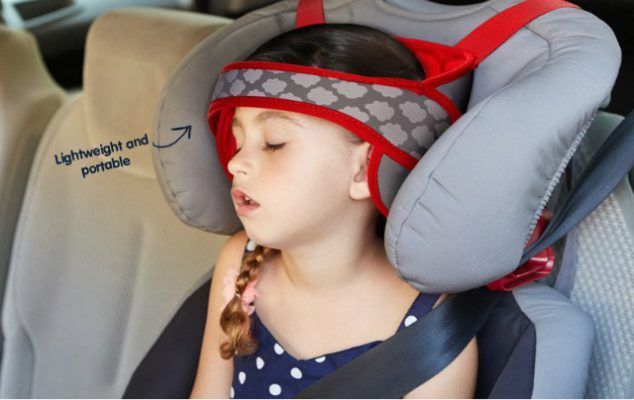
- Rearview camera: This safety feature helps prevent collisions while you’re reversing, and will allow you to see if there are any little ones running around behind the car.
You’ll also want to make sure you have appropriate emergency kits on hand for different situations. A good emergency kit for breakdowns and accidents is a necessity, but specifically for a baby, you’ll want to keep a kit with all the things you might need on the road in a pinch. Diapers, wipes, and ziplock bags for soiled diapers and clothing items are all a good idea.
If you use formula, a bag with unopened packs of formula, baby bottles, and water, is ideal. If you use a breast pump, you’ll want to make sure you have all the sterilized pump items, as well as pump car charger.
It’s also a good idea to pack extra clothes for multiple weather conditions. Be sure to update the car baby emergency kit appropriately as your baby grows!
Baby on Board Decal
This is an important addition to your vehicle.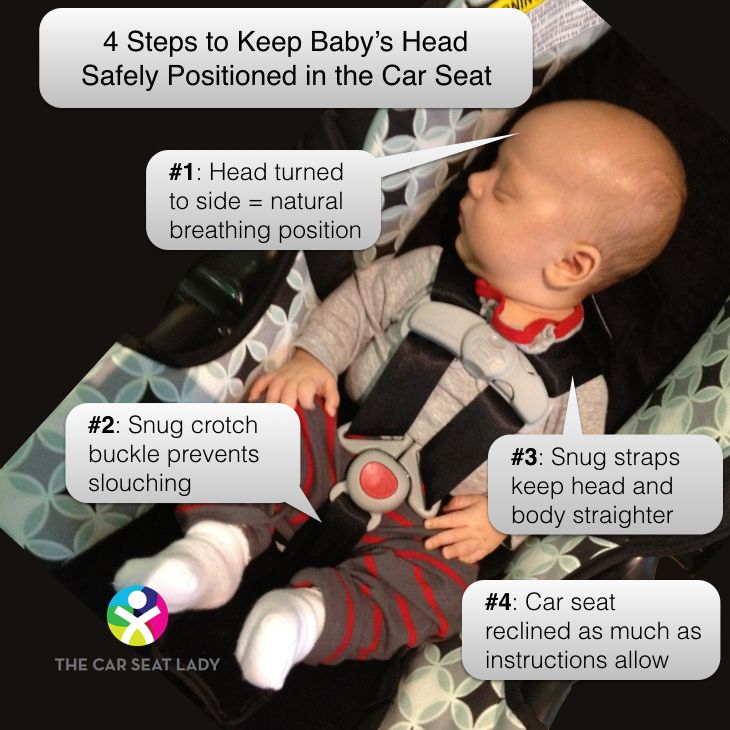 There can be stigma surrounding the “baby on board” signs, but when used properly they are very helpful. Their purpose is twofold; to inform other drivers to treat your vehicle with care, and to inform first responders of the presence of a baby in case of an emergency.
There can be stigma surrounding the “baby on board” signs, but when used properly they are very helpful. Their purpose is twofold; to inform other drivers to treat your vehicle with care, and to inform first responders of the presence of a baby in case of an emergency.
It’s important to remember not to obstruct the driver’s view with signs, so place the sign out of the way. Only use the sign when the baby is actually in the car.
Car Travel With Baby: Safety Tips
Here are some general tips to help in preparation for travelling with a baby on board. Babies make travel more complicated, but with the right preparation and know-how, the trips can be less stressful for everyone involved, including you and your baby!
How to Keep Your Baby Cool
- Sun shades: you can get shades for the inside of the back windows to help keep the sun out of the baby’s eyes, and it also helps to limit the buildup of heat from direct sunlight.
- Car seat covers: can be useful in preventing car seats from heating up too much.

- Park in shady areas: when you pile the family out of the car, try not to leave the car in direct heat. That way, when you come back, the car won’t feel like a furnace when you first get in. It goes without saying that you should never leave children or pets in the car unattended.
- Keep them hydrated: check on your child’s hydration regularly. When they get old enough to hold a sippy cup and drink by themselves, make sure they always have a water cup when they’re in the car to self-hydrate with.
How Long Can a Newborn be in a Car Seat?
Newborns should not spend very much time in car seats. This is because their bodies are very early in developmental stages, their spine is still developing, and their breathing may be weakened during prolonged periods of sitting upright. A two hour rule of thumb is recommended for babies; no more than two hours in a 24 hour period.
As children get older, this rule of thumb can be relaxed.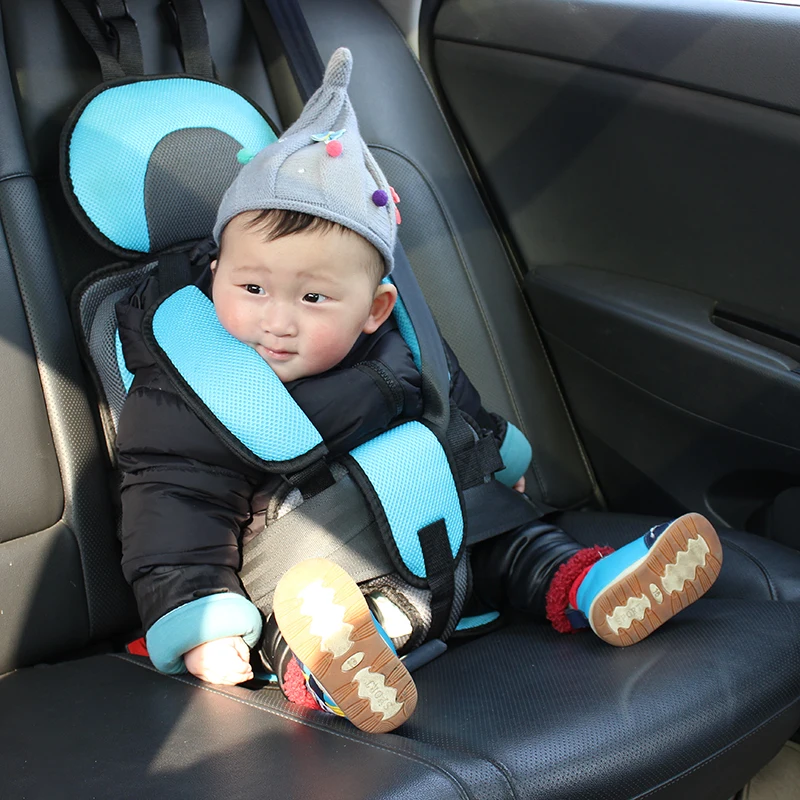 The two hour rule is still a good one to follow, however. The American Academy of Pediatrics recommends a break every two hours on long road trips, to get out of the car and stretch out the body.
The two hour rule is still a good one to follow, however. The American Academy of Pediatrics recommends a break every two hours on long road trips, to get out of the car and stretch out the body.
Feeding Baby in a Car Seat
Ideally, feeding your baby in a car seat is something you want to avoid. If it’s something you need to do, here are a few safety tips to keep in mind.
- Don’t feed baby while the car is moving. Bottles become projectiles in the event of a crash. Motion sickness is something to consider as well as choking hazards while a vehicle is in motion.
- Don’t feed babies solid items of food that could be choking hazards, like grapes, in the car.
- If bottle feeding, attend to the bottle; don’t just try and prop it up.
- Try to protect the car seat as much as possible from getting messy. If it does get messy, follow the manufacturer’s cleaning instructions carefully.
With the right planning and the right things on hand, travelling with baby doesn’t have to be as stressful as you think.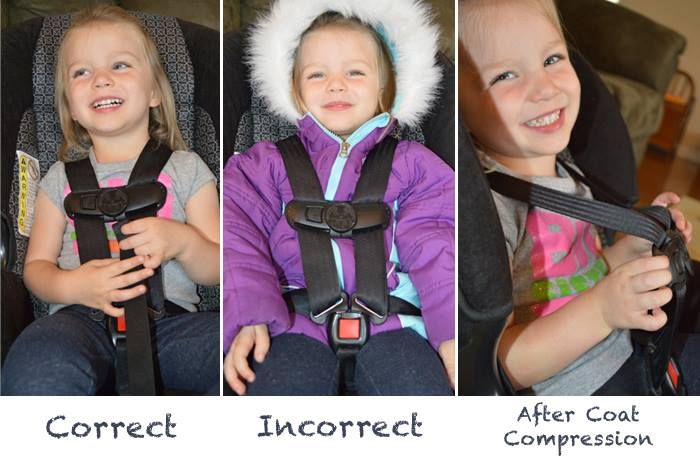 Just remember that safety is non-negotiable, and a little extra effort makes a huge difference.
Just remember that safety is non-negotiable, and a little extra effort makes a huge difference.
Comments
comments
Can you feed a baby in a car seat
Can you feed a baby in a car seat? The answer is no – you should avoid feeding your baby in a car seat.
Feeding your baby in a car seat can be dangerous, leading to choking hazards. Babies can also easily fall out of their car seats while eating, so it is essential to be very careful when feeding them in this setting.
If you need to bottle feed your baby while driving, make sure to attend to the bottle carefully. You don’t want the bottle to fall and spill milk all over the car seat.
It is also vital to protect the car seat from getting messy. Try not to give your baby any solid items of food that could be choking hazards, like grapes. If the car seat does get dirty, make sure to clean it as soon as possible. This will help keep your baby safe and healthy.
How to feed a baby while traveling?
If you’re breastfeeding, add some extra time to your journey in order to stop and feed the baby. In some cases, mothers who are pumping instead of nursing their babies choose to give them a bottle of breast milk while on the road. If you’re formula feeding, you can either prepare a bottle ahead of time or buy ready-made baby formula while you’re on the go.
In some cases, mothers who are pumping instead of nursing their babies choose to give them a bottle of breast milk while on the road. If you’re formula feeding, you can either prepare a bottle ahead of time or buy ready-made baby formula while you’re on the go.
When traveling with your baby, always bring along extra diapers, wipes, and clothes. It’s also a good idea to pack snacks and drinks for both you and your child. And don’t forget to bring along your child’s favorite toys and blankets. These can help keep your baby calm and content during the trip.
If you’re traveling by car, be sure to buckle your baby in a safety seat. It’s important to follow the instructions that came with the seat regarding proper installation. And never leave your baby unattended in a car seat, even if you’re just running into the grocery store for a quick errand.
When feeding your baby in a car seat, always use a bottle holder or strap to keep the bottle in place. Never try to prop up a bottle with your hand.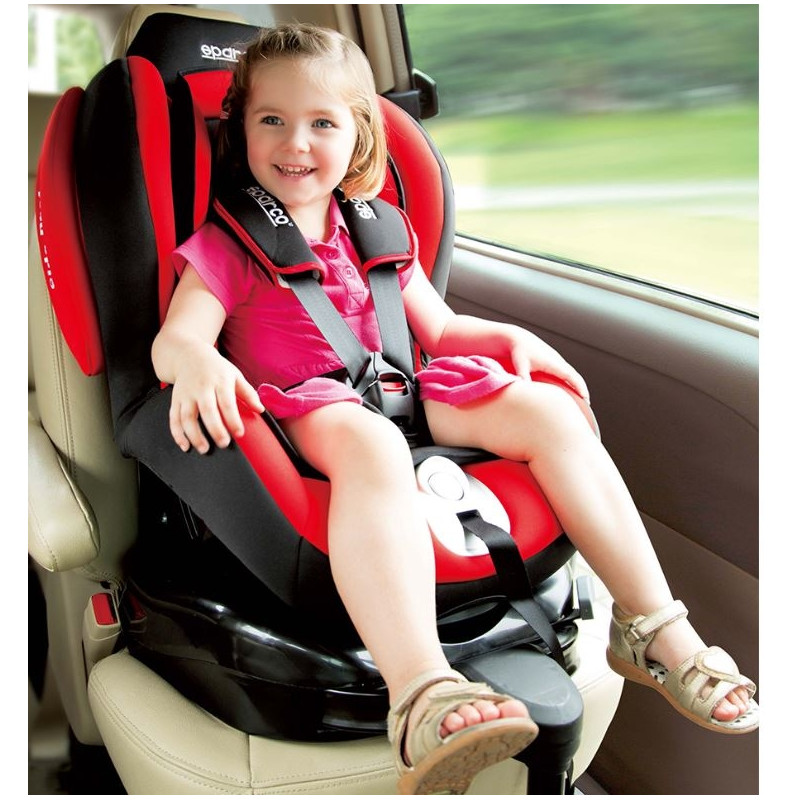 Also, avoid giving your baby solid items of food that could be choking hazards, like grapes. If you’re breastfeeding, make sure you have a cover over your breast to avoid exposing yourself. And always attend to your baby while he or she is eating; don’t try to do other things at the same time.
Also, avoid giving your baby solid items of food that could be choking hazards, like grapes. If you’re breastfeeding, make sure you have a cover over your breast to avoid exposing yourself. And always attend to your baby while he or she is eating; don’t try to do other things at the same time.
Finally, remember that car seats can be difficult to clean. If possible, put on a towel or blanket.
Buy the best feeding pillow from the given below.
- Original Nursing Pillow for Breastfeeding
- Boppy Nursing Pillow and Positioner
- Deluxe Nursing Pillow for Breastfeeding & Bottle Feeding
- Frida Mom Adjustable Nursing Pillow
- Boppy Nursing Pillow – Bare Naked
When Should I Feed My Baby In A Car Seat? What Should I Consider?
Car feeding cannot be completely avoided, so be better equipped for when it happens.
Prepare to feed at any moment. Feed the baby after watching him/her for a while. After dinner, burp your kid.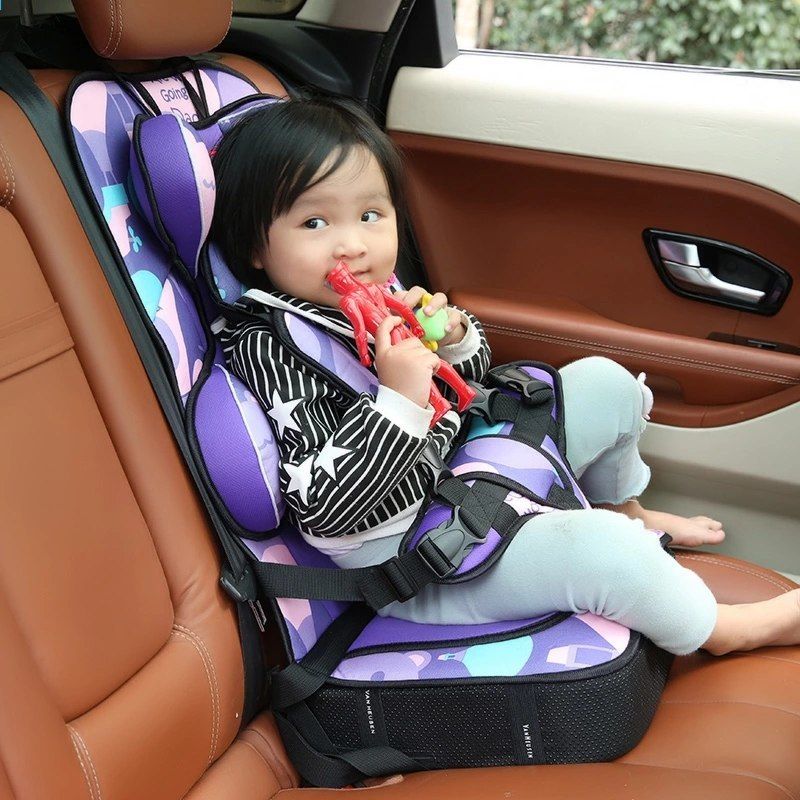
During the feeding, do not allow your baby to eat anything that can be choking hazards like grapes. If you’re breastfeeding, have a cover over your breast.
Also, while the baby is eating, attend to him/her; don’t try to do other things at the same time.
Remember that car seats can be difficult to clean. So if possible, put a towel or blanket under the baby.
If you have to feed in the car seat, then be sure to buckle your baby incorrectly and snugly each time.
In motion, bottle feeding is not advisable because the bottles might become a danger in an emergency.
Chopped fruits can block a youngster’s airway. Keep an eye on or support the bottle for your kid as they may struggle to hold it. In no time, eating in a car seat will make it filthy.
To learn about cleaning and maintenance requirements for your car seat, consult the manual supplied by the manufacturer.
What Should I Feed My Child While Driving?
We’ve compiled the finest feeding materials to make mealtime easier while you drive. Please note that your kid should be able to chew their food properly, grasp things, and burp on their own before they begin traveling in a car seat.
Please note that your kid should be able to chew their food properly, grasp things, and burp on their own before they begin traveling in a car seat.
-Finger foods like dry cereal, Goldfish crackers, Cheerios, O-shaped oatmeal, toast strips, mini waffles, etc., are a great option for car rides.
-If you’re preparing food beforehand, cut up fruits or veggies into small pieces.
-Avoid giving your child whole grapes or hard candy as these can be choking hazards.
-Pack some snacks and drinks for yourself as well! It’s important to stay hydrated and nourished while driving.
-If your child is bottle feeding, make sure to attend to the bottle and not just prop it up. This will help reduce messes in the car seat.
-Protect the car seat as much as possible from any food or drink spills by using a blanket, towel, or bib.
-Make sure your child is safely buckled into the car seat before starting to drive.
-If you’re traveling a long distance, make sure to take regular breaks so that both you and your child can stretch and get some fresh air.
Buy the best feeding bottles.
- Dr. Brown’s Anti-Colic Options, Baby Bottles
- Tommee Tippee Closer to Nature Fiesta Baby Feeding Bottles
In a car, don’t feed your kid the following things:
If your toddler can feed herself, it is simpler to allow her to eat while driving. Some food items are choking hazards, which must be pointed out. Here are six more;
Whole grapes and cherry tomatoes can be a choking hazard.
If you are bottle-feeding, take care while driving. The baby’s head should be higher than the stomach, and the bottle should be tilted so that the nipple is full of formula, not air.
Never give your child carbonated drinks or anything with caffeine in it.
Baby food can be given while driving, but make sure that it is not hot.
You can also give your child healthy snacks like dry cereals, crackers, or breadsticks.
Use a plastic or silicone placemat to protect the car seat from getting messy.
Popcorn, nuts, and other hard items can also cause choking. If your child is eating solid foods, avoid anything that can easily cause choking. These include hot dogs, sausage, and peanuts. Be especially careful when giving children soft or sticky food like candy, ice cream, and jellybeans. And, of course, never let your child eat in the car.
If your child is eating solid foods, avoid anything that can easily cause choking. These include hot dogs, sausage, and peanuts. Be especially careful when giving children soft or sticky food like candy, ice cream, and jellybeans. And, of course, never let your child eat in the car.
Chips, pretzels, and other salty snacks can cause dehydration. Give your child a drink of water after eating these types of snacks.
Peanuts or any other type of nuts can cause an allergic reaction. If you are not sure if your child is allergic to peanuts, have them tested by a doctor.
If you are bottle-feeding, attend to the bottle; don’t just try and prop it up. Make sure the baby is sitting upright and that the bottle is at a 45-degree angle.
Carrots can cause tooth decay, so only give your child carrots occasionally.
Chocolate can also cause tooth decay, so it is best to avoid giving your child chocolate.
Although grapes are a healthy snack, they can be a choking hazard for small children.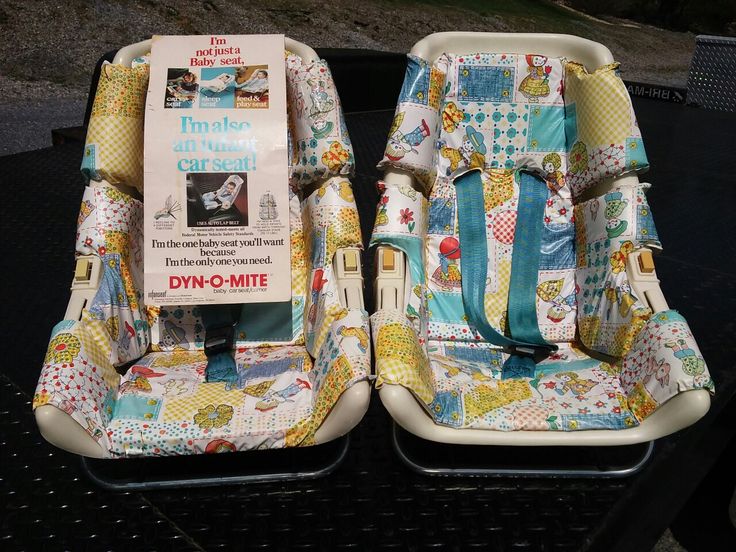 So, it is best to avoid giving your baby grapes while they are in the car.
So, it is best to avoid giving your baby grapes while they are in the car.
Even with air-tight schedules, feeding your newborn in the car can’t be avoided. If you want to feed your kid while driving, park your automobile first. It’s important to keep an eye on your youngster while he/she feeds. While driving, you should not divide your attention; therefore, prioritize and do what’s required of you. Parenting can be a juggling act, but with careful planning, you can make it work.
Recommended Topics- Parenting Problems and Solutions in 2022
- Feeling Disconnected from my Child
- Positive Parenting Techniques in 2022
- What is parenting and why is so important?
- What is Co Parenting? Tips and Tricks
Breastfeeding in a car seat. How? — Studiopedia
So, you and I have agreed that we carry the baby only in a car seat, and under no circumstances do we take it out of it
on the go. This rule must be ironclad.
This rule must be ironclad.
But what to do if the baby is accustomed to frequent breastfeeding? Frequent
infant feeding is a normal and natural process. In addition to feeding,
it is easier for the child to cope with changes in the environment, with fear, it is easier to fall asleep, etc.
So how do you feed a baby in a car seat?
At one time I read about such an opportunity - to feed a child right in a car seat
- from famous writers and parents of 8 children William and Martha Sears, but how exactly to do this
was not said. And I thought that if someone got used to it, then I can
. And I did it.
So, if the baby is under one year old and lies in the cradle head towards you (against the direction of travel), then
is the easiest to feed. You just lean over him and the nursing clothes do a
the process is convenient and simple. The rest is a matter of technique and habit. If the sides of the car seat
interfere a little, rest against the stomach, then you can slightly tilt the child's seat towards
yourself.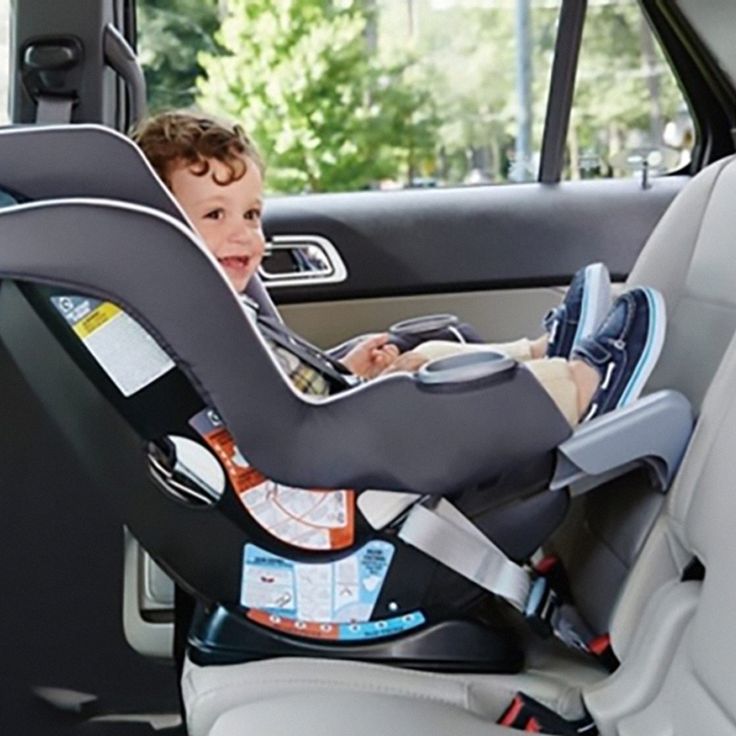
It is inconvenient to ride in this position for a long time, but it is quite possible to feed the baby and/or allow him/her to fall asleep again
if he/she becomes restless in a dream. Then the baby either
releases the breast himself, or you carefully take it yourself. If the child does not let go - wait
a little while longer until he falls into deep sleep and is ready to let you go.
There is one more point that I would like to highlight. While the car is moving, when it
gets into pits, potholes or any other bumps in the road (which is quite common in Russia
) - make sure that on such bumps the child does not accidentally bite your chest
.
In my case, when we fed in the car quite often and for a long time, there were not 9 such situations0003
arose, although theoretically I understood that they could be. Firstly, I always
attracted and slightly tilted the child's chair towards me. And even if we bounced on the
bump, we did it synchronously, together with the chair and the child :). Secondly, when I needed
Secondly, when I needed
to feed the child in the car, my husband slowed down and tried to drive as carefully as possible
. It is also possible to feed a child from the farthest breast, although you will have to stretch
a little further. nine0003
As for feeding children after a year who are already sitting facing forward in high chairs
, this is also possible, although a little more technically difficult. In order to
feed a forward facing child, I turned my seat backwards
(facing the child) and knelt on the chair. She wrapped her arms around the child seat
, and the child could easily eat. It was no longer necessary for a grown child to feed for a long time
, such feedings were rare, but they helped a lot if we drove at night, but0003
the child woke up. The husband in this case also slowed down and drove as carefully as possible
.
That's probably all the "tricks" of breastfeeding in a car seat :)
total trip. You can feed your baby inconspicuously anywhere, and no one will even
You can feed your baby inconspicuously anywhere, and no one will even
pay attention to you and understand what is going on there. In Europe, by the way, absolutely
are normal for breastfeeding women, and in many museums, large stores and
malls you can find a mother and baby room where you can safely change
a diaper and feed your baby. Part 2. What to do with a child 1.5 - 5 years old in the car.
Traveling with older children is, on the one hand, a little easier. The child can already say,
, what he wants, or somehow show and explain it, if he does not yet say, or can say,
, what he does not like. On the other hand, they sleep less, and physical activity and
The need to explore the world is very high in most children during this period.
After one and a half years, it is difficult for children to be in a car seat for a long time without moving.
The most optimal thing is to go during the daytime sleep of the child, having previously taken a good walk
with him and fed him. Plus - a short time right after sleep, they usually still
Plus - a short time right after sleep, they usually still
go well. For a while, children can endure the path with games and entertainment. If
the road is long, then it may be easier for you to drive at night. For baby
transfer
a big move during sleep is the easiest and most comfortable option.
How to keep your child safe in the car as much as possible - Life hack
- Life hack
- Operation
www.cavatoyota.com
using ISOFIX. But is one such measure enough to completely protect the child on a trip? nine0003
Ivan Flyagin
Recall that a month ago there were changes in the rules for transporting children in a car. Now paragraph 22.9 of the SDA provides that in a car equipped with seat belts, children under 12 years of age in the front seat must ride exclusively using a special restraint. In the back seat, a car seat or infant carrier is required only for those under seven. Children older than this age can only wear seat belts.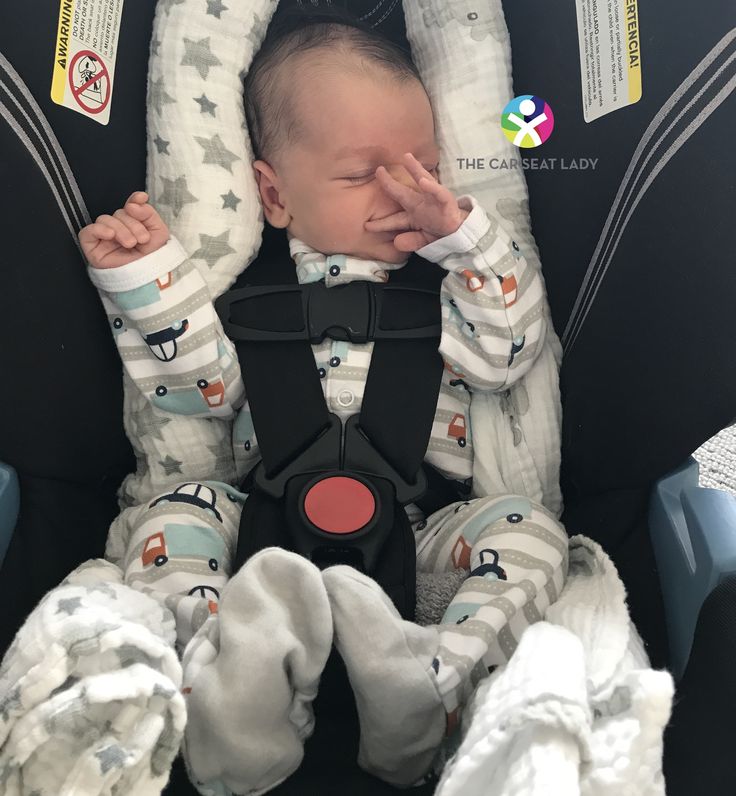 However, the safety of young passengers is not limited to traffic rules. nine0003
However, the safety of young passengers is not limited to traffic rules. nine0003
First of all, you need to choose the right car seat, because according to statistics from the World Health Organization, a restraint in a car reduces child deaths in accidents by 54%, and the risk of injury by 70%. In this case, avoid half measures and do not try to save money on buying frameless chairs, boosters and other cheap and dubious devices, which, according to our controversial legislation, can also be considered restraints.
www.esellerpro.com
It is advisable to choose a chair from a well-known manufacturer with a proven track record with a mandatory safety certification mark, which the seller must show you. When choosing, you should be guided by the height and weight of the child, taking into account the appropriate categories of car seats.
The ISOFIX system allows you to firmly fix the restraint to the car body, but if this option is suddenly not available in your car, try to fix the seat as firmly as possible using the standard seat belt. In any case, the installation instructions must be strictly followed. Prerequisite: the restraint with an infant under 15 months is installed so that the baby is facing backwards. nine0003
In any case, the installation instructions must be strictly followed. Prerequisite: the restraint with an infant under 15 months is installed so that the baby is facing backwards. nine0003
Moreover, such a chair, directed against the motion of the car, must be equipped with a supporting structure resting on the floor of the car, which will protect the child in case of a frontal impact and ease the load on his cervical spine. On the back sofa, it is safest to install a car seat either in the center or behind the driver. The most risky option is to put the child in the front passenger seat next to the helmsman.
When fastening children, make sure that the seat belts are tightly tightened, and keep in mind that the farther they are from the child's body, the more severe the impact in an accident. Never allow children to remove the upper part of the belt from the shoulder and slip it under the arm while driving - this can cause serious injury in the event of a collision. While driving, children must always remain in their seats with their seat belts fastened tightly.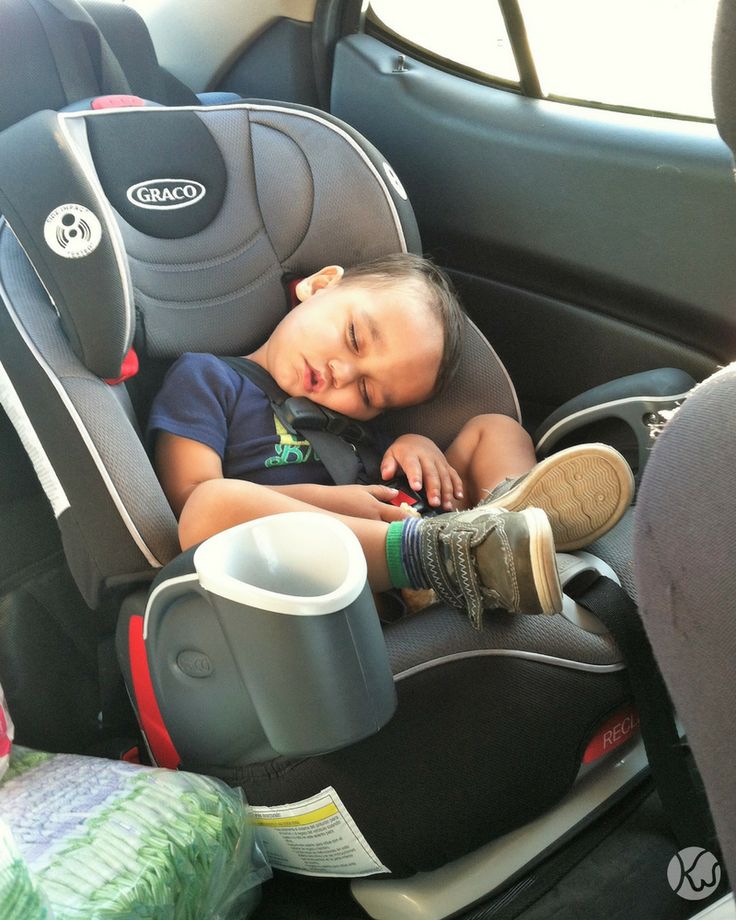 nine0003
nine0003
118718
www.expertreviews.co.uk
When driving, make sure that all items in the car are securely fixed, and in case you have a crossover, station wagon or hatchback, the luggage cover must be tightly closed . An unsecured tablet, book or water bottle turns into a destructive heavy projectile in a collision with a car, capable of killing not only a child in a confined space. What to say about more weighty subjects. nine0003
In addition, young children should not be fed while the vehicle is in motion, as any sudden acceleration or braking may cause them to choke. And, of course, it would be useful to recall that, having children on their laps while driving, parents turn into real killers, risking crushing them with their own body even during sudden braking at low speed.
Recently, another important addition to the SDA (clause 12.8) came into force, which concerns the safety of small passengers: “It is forbidden to leave a child under the age of seven in the vehicle while it is parked in the absence of an adult.


